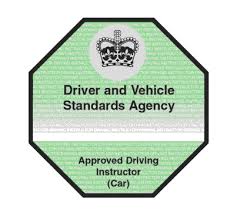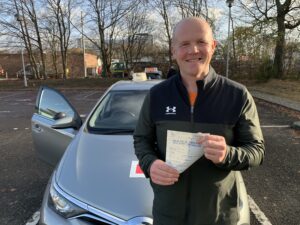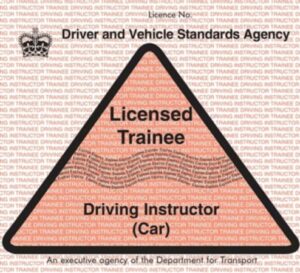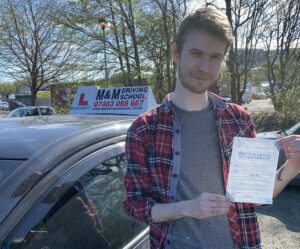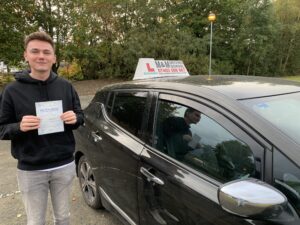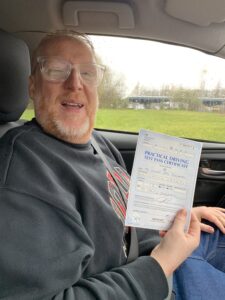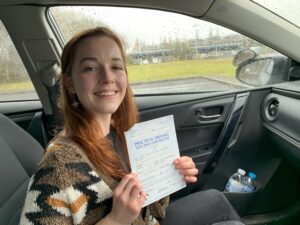Great! Here’s a blog post — exploring how many driving lessons you need to pass in the UK, with a helpful focus on automatic vs manual!
🚗 How Many Driving Lessons Do I Need to Pass in the UK?
Manual vs Automatic: What You Need to Know Before Hitting the Road
Learning to drive is a huge milestone—but one of the biggest questions every learner asks is:

“How many lessons will I actually need to pass my test?”
And if you’re trying to decide between manual vs automatic, this guide breaks it down clearly.
https://mmdrivingschools.co.uk/contact-us/
📊 The Average Learner: What the DVSA Says
According to the Driver and Vehicle Standards Agency (DVSA), the average learner in the UK needs:
-
✅ 45 hours of professional driving lessons
-
➕ 22 hours of private practice
That’s a total of around 65–70 hours behind the wheel before taking the test.
But remember—this is just an average. Some learners pass sooner, others take longer.
⚙️ Manual vs Automatic: Does It Make a Difference?
Yes, and a big one. Let’s break it down:
🚘 Manual Lessons
-
More complex: clutch control, gear changes, stalling, hill starts, etc.
-
Typically takes longer to learn—often 40–50 professional hours
-
Pass rate is slightly lower (especially for first-time test takers)
-
But you’ll get a full UK licence that allows you to drive both manual and automatic cars.
🚙 Automatic Lessons
-
Simpler: no clutch, no gear shifting, easier in traffic
-
Many learners pass with just 20–35 hours of professional lessons
-
Ideal if you’re nervous, older, or in a hurry to get licensed
-
Licence will only allow you to drive automatic cars
🧠 Tip: If you want to drive a manual later, you’ll need to take another test in a manual car.
🧮 Lesson Estimates by Driving Type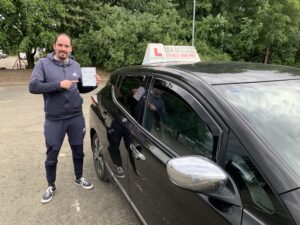
| Licence Type | Driving Lessons Needed | Test Difficulty | Flexibility |
|---|---|---|---|
| Manual | 40–50 hours + practice | More complex | ✅ Full car licence |
| Automatic | 20–35 hours + practice | Easier to learn | ❌ Auto-only licence |
https://mmdrivingschools.co.uk/adi-vs-trainee/
🕒 Can You Learn in Less Than 20 Lessons?
Technically yes—but it’s rare.
If you’re confident, coordinate frequent lessons, and get plenty of private practice, some learners pass within 20–25 lessons, especially in automatic. But that’s the exception, not the rule.
🧩 Factors That Affect How Many Lessons You’ll Need
-
Age: Teenagers typically learn faster than older learners
-
Lesson frequency: Regular lessons (2–3 per week) help retain skills
-
Private practice: Speeds up learning significantly
-
Confidence level: Nervous learners may need more hours
-
Instructor quality: A supportive instructor makes a huge difference
-
Location: Driving in busy cities often requires more lessons
💷 Cost Consideration
Driving lessons in the UK cost £30–£40 per hour on average.
So for 45 hours of instruction, you’re looking at £1,350–£1,800, plus test fees and potential insurance for private practice.
✅ When Are You Ready to Book the Test?
You should be able to:
-
Drive confidently and safely without help
-
Handle complex traffic situations
-
Perform all manoeuvres (e.g. parallel park, bay park, emergency stop)
-
Know the rules of the road and show confidence behind the wheel
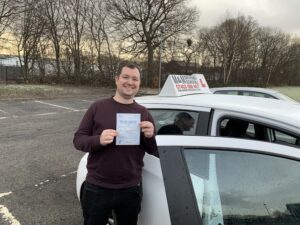
Ask your instructor—they’ll know best when you’re test-ready.
🎯 Final Advice: Manual vs Automatic?
If you want to pass faster and aren’t concerned about driving manual cars in the future, automatic may be best.
But if you want maximum flexibility and don’t mind taking a bit more time to learn, manual gives you more options—especially for jobs or rural driving.
💡 Summary
| Type | Avg Lessons | Best For |
|---|---|---|
| Manual | 40–50 hrs | Flexibility, long-term plans |
| Automatic | 20–35 hrs | Quick pass, nervous drivers |

